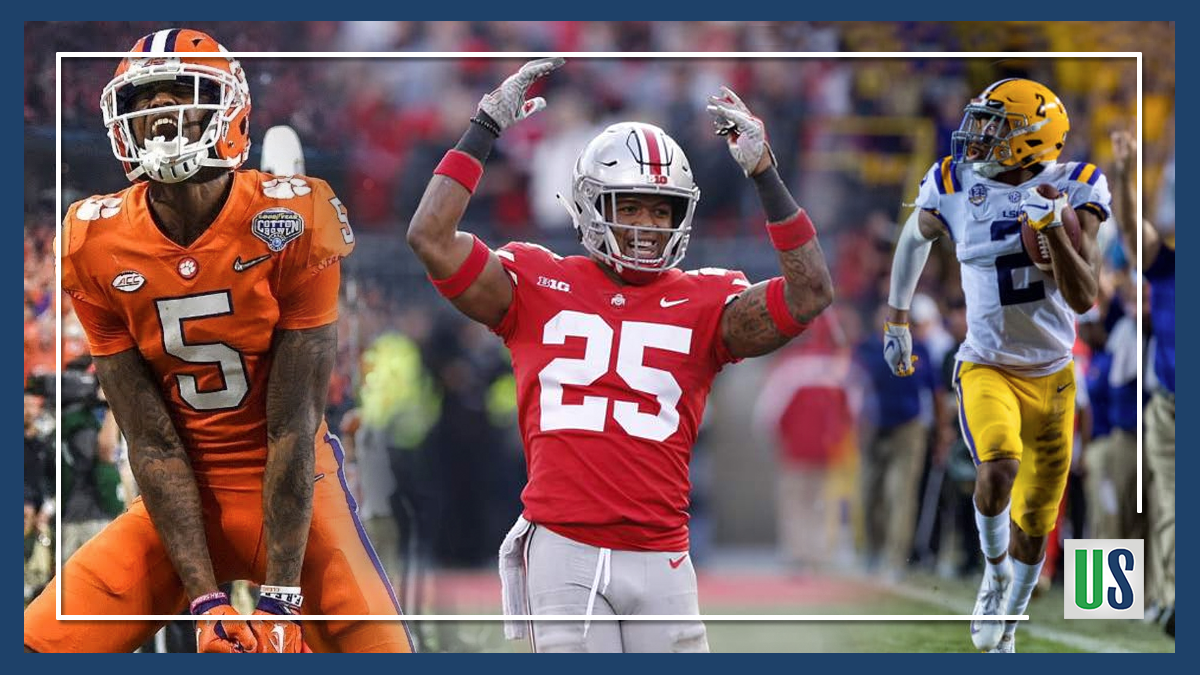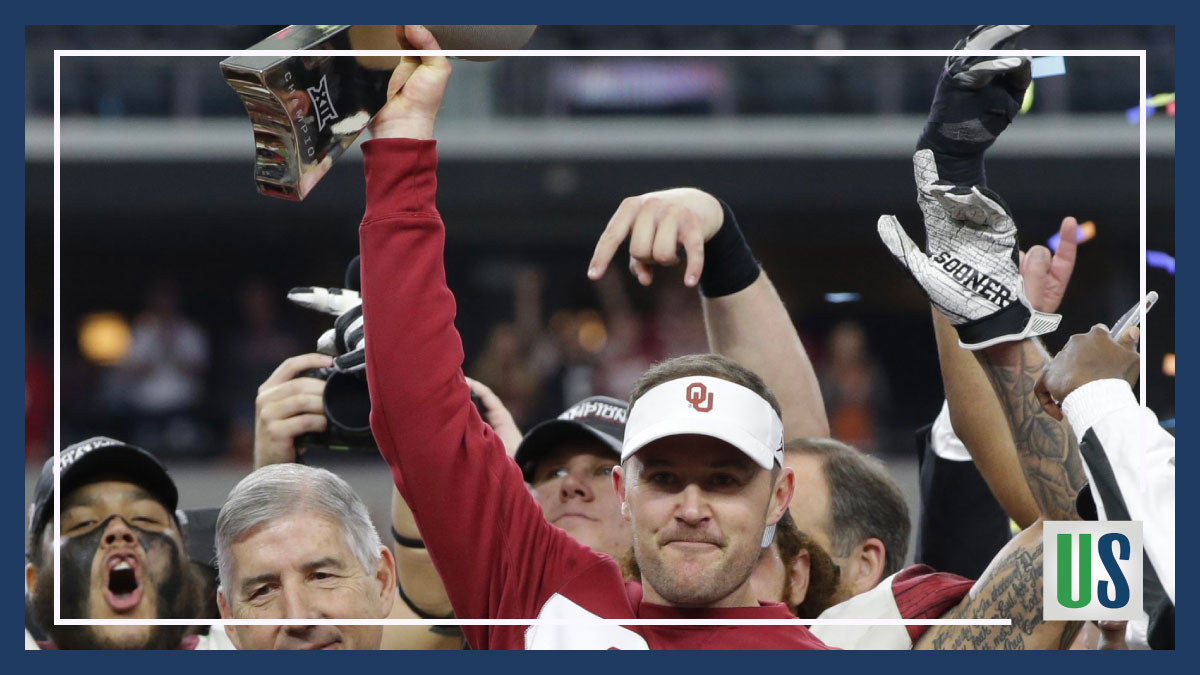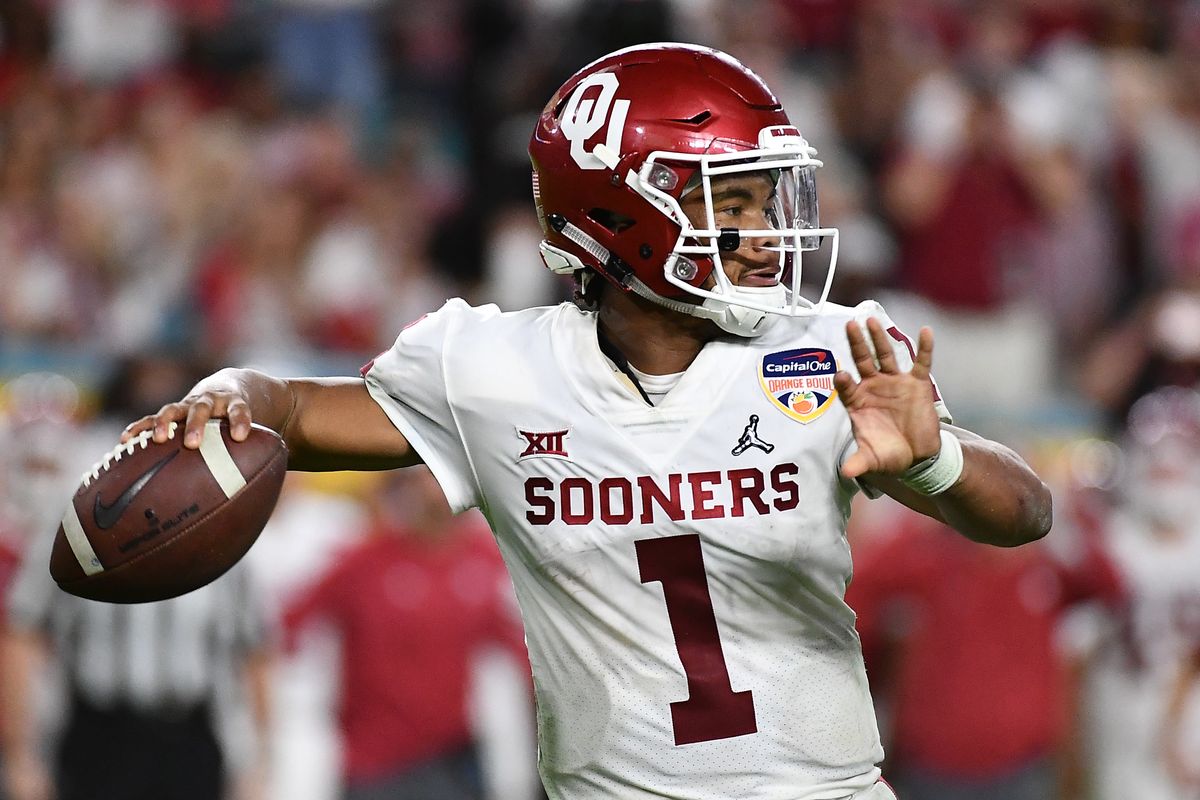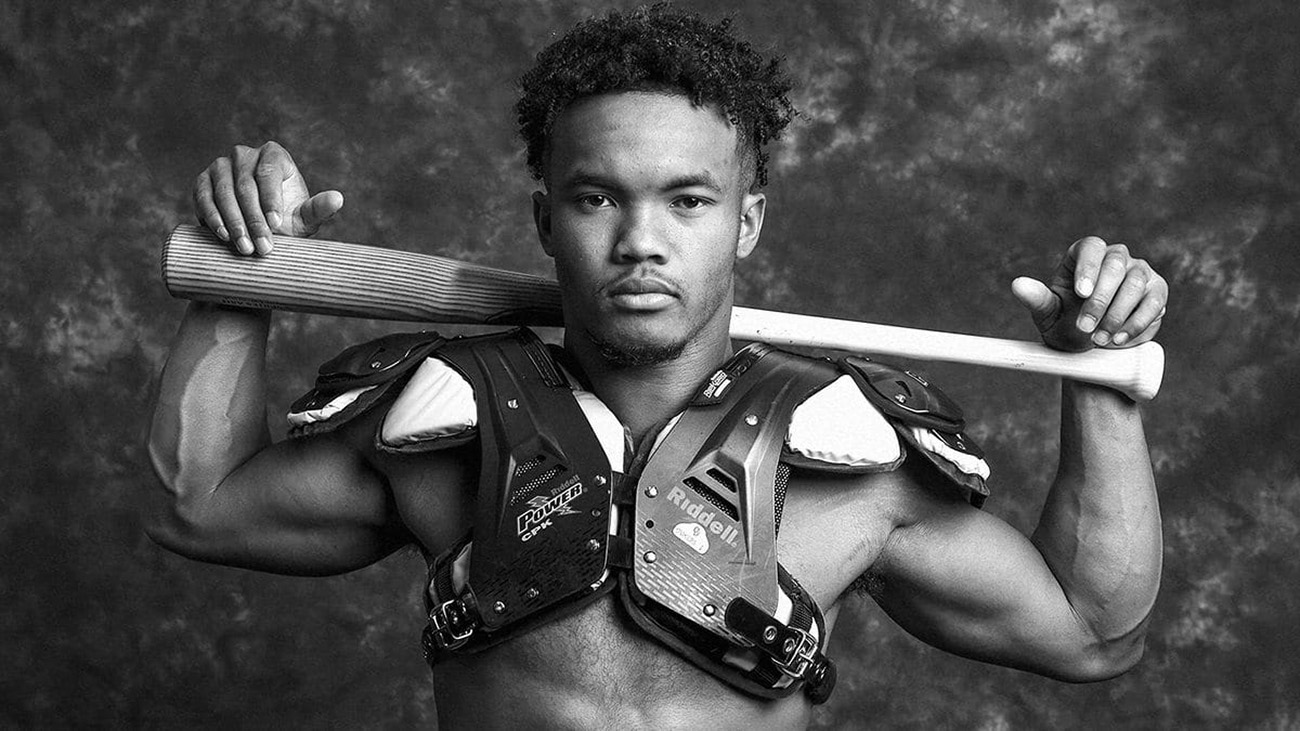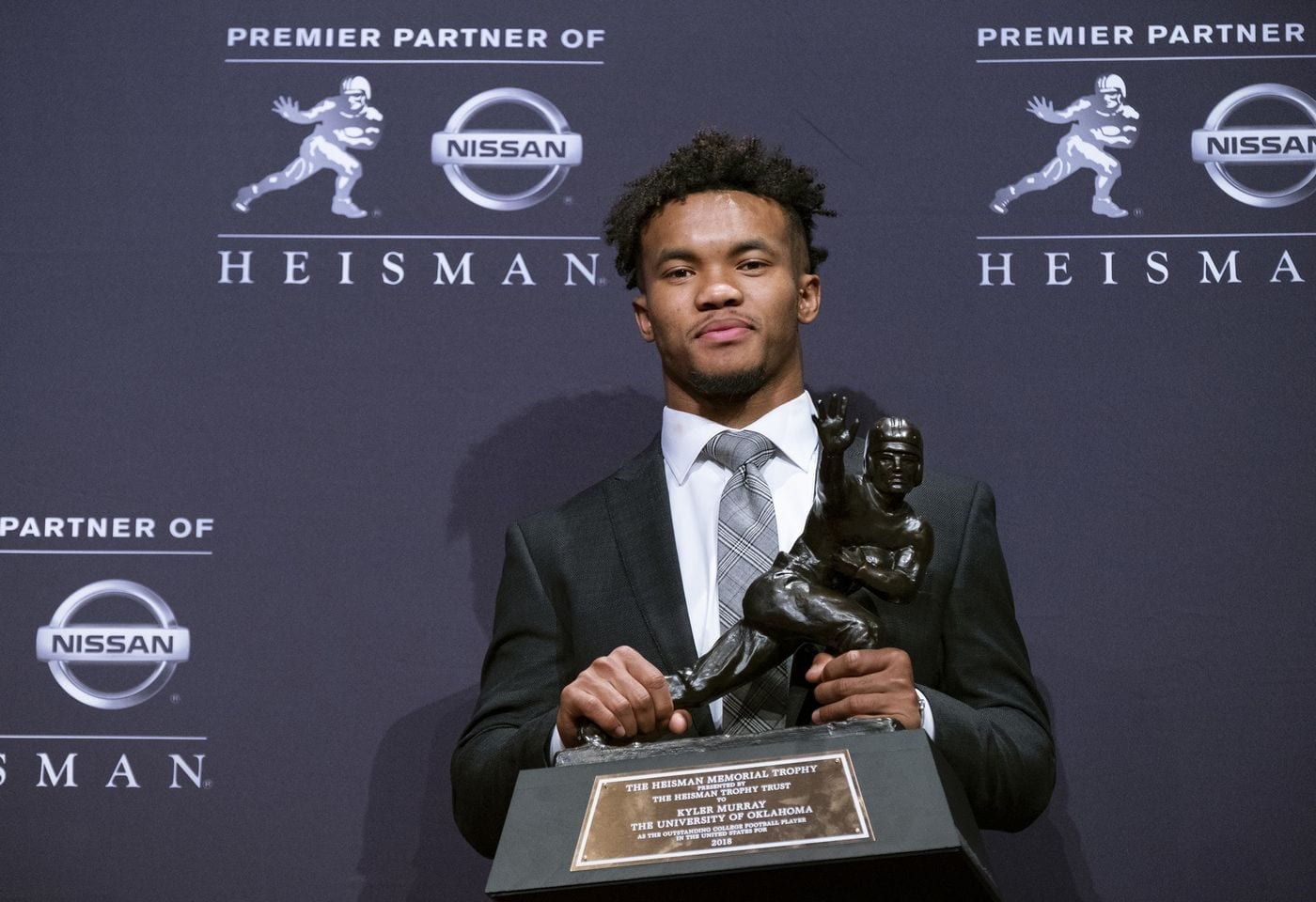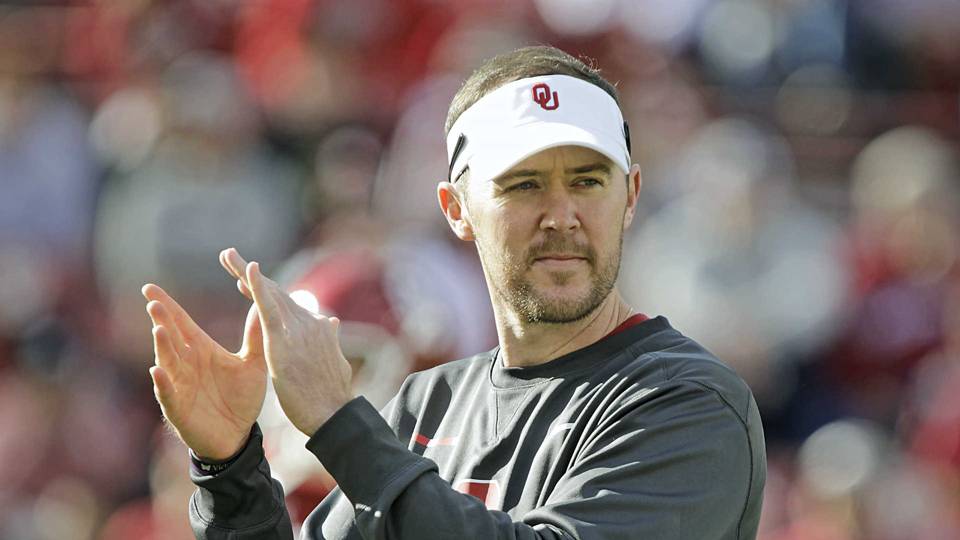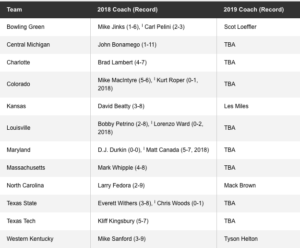We need to talk about these restless college football youths.The transfer portal is a good thing, but that doesn’t mean it’s good for you.
I love players being able to transfer, and have the same freedoms as the coaches and administrators that make a living off of their blood sweat and tears.
But just like how not every coaching move is the right one, there’s often a price to pay for movement for the sake of comfort or short term gains.
Have you ever been driving the speed limit, and someone comes along whipping in and out of traffic like they’re in a Fast and Furious reboot, only to end up sitting at the same exact red light.
Now they won’t look you in the eye because you know and they know they didn’t have to do all that movement for the sake of movement?
Some of these players are hitting the portal two or three times only to end up in the exact same place as they would have had they just stayed the course.
Fans used to be able to invest their interest in 90% of any given roster to stick around for anywhere from 3-5 years. While most people are fans of the laundry above all else, many did invest deeply in the personalities and talents of the young men that elected to represent the university they love.
Now you have NFL-level roster turnover in the NCAA.
Whether or not it’s a fallacy that fans were able to separate the NFL being a business from the so-called purity of the NCAA’s “amateurism cartel,” the fact that players stuck around and earned their place both on the field and in the hearts of the fans is a very real reason why people love the sport.
I don’t fault people for hating that the transfer portal takes them out of the fantasy that college football isn’t a business.
But it is a business. And if we’re being honest, some of these players and their families are out here making Sam Bankman-Fried style short term business decisions.
Your business might be booming today, but if you’re not smart, it could be belly up tomorrow.
Look, there are a lot of lies told on the recruiting trail, but the whole thing about how your college choice is a 40 year decision isn’t one of them.
I cannot tell you how blessed I’ve been to be part of the Oregon Duck community as I’ve gotten older. Do you think I’d have the same networking and relationship benefits if instead of jumping to the NFL after three years in Eugene, I’d treated my lack of playing time as a freshman like it was everyone else’s fault but mine? Or what if I’d decided to take this smile to Seattle for the million dollars my mother says it’s worth?
You’d be surprised how fast a million dollars gets spent. Even a million after tax. And now I’m old and wise enough to know there’s no amount of money I’d take to be a Husky.
I’m just playing, Washington fans.
My point is this. If you’re out here selling yourself to the highest bidder, don’t sell yourself short.
Yes, having a bank balance is better than being broke. Yes it feels better to be built up by recruiters than broken down by coaches, and yes it’s sometimes hard to reconcile when the recruiter and the coach are the same person.
But nothing feels better than proving yourself where you planted yourself, and discovering that your worth goes beyond your net worth.
Maybe the best spot for you is somewhere else. And every case is different. Especially for quarterbacks, or other positions where only one person can play. But wherever the best spot for you is, it will only be because you brought the best version of yourself to that spot.
And if you haven’t brought the best version of yourself to the spot you’re already in, you might want to try that before jumping ship.
I think you might find that it’s good for business.
Let that sink in.



